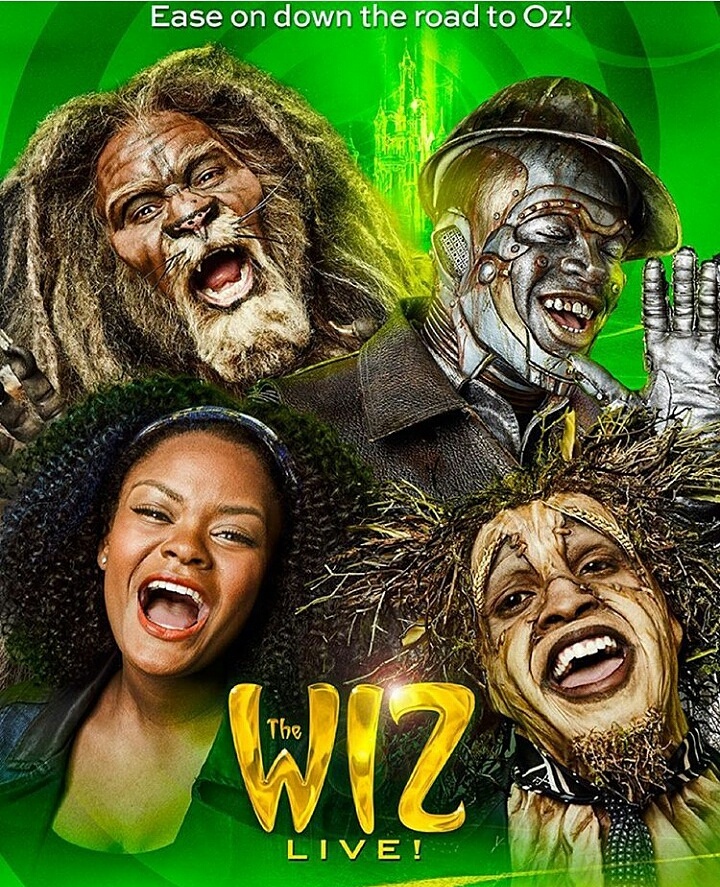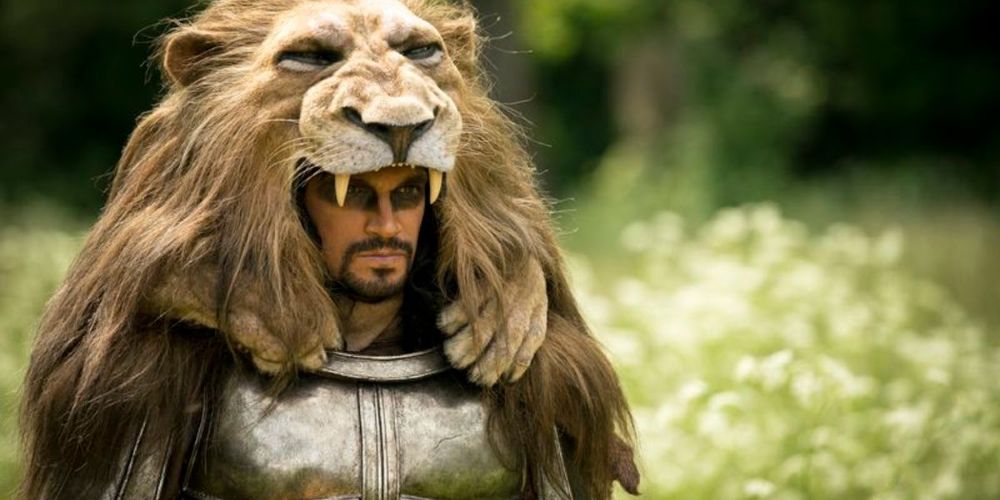
OZ TV SHOW NBC TV
NBC distributes it via its streaming hub, Peacock, as well as the stand- alone NBC News Now service, but it’s also available on YouTube, Fox’s Tubi, ViacomCBS’ Pluto and certain connected TV services like Roku and Apple TV. The streaming “all-day” channel mixes highlights, archival segments, original video programming and extended cuts of interviews that don’t fit in the regimented formats of broadcast TV. “We think the ‘Today’ brand is a trusted source for people, and I see it as being universal in your day, versus just that morning show,” says Leist.Ĭonsequently, “Today” mainstays are adding to plates that are already quite full.


Citing Comscore figures, NBC says “Today” content reaches 70 million viewers per month, the majority of that audience under the age of 50. “We just want to make sure we are meeting that habit,” says Libby Leist, the NBC News senior vice president who has been spearheading the “Today” journey from TV to all-screen. And the best of the digital stuff can feed segments on the morning show too. They believe there is a large swath of young consumers who do not watch “Today” on TV, or in the morning, but would be interested in the regular newsmaker exchanges with Guthrie and Kotb the trending topics covered by Carson Daly Jenna Bush Hager’s book club expanded versions of Willie Geist’s Sunday interviews Al Roker’s dabbling in cooking and concerns about climate Jill Martin’s “Steals & Deals” and reams of information on parenting, wellness and consumer finance. Decades later, NBC executives think “Today” can jockey for viewers well after the sun is up, part of a bid aimed at “future-proofing” a franchise the company can’t afford to lose. Fred Muggs, the morning program originally aired for two hours, eventually expanding to four. Led by anchor Dave Garroway and the chimpanzee mascot J. In 1952, legendary TV executive Sylvester “Pat” Weaver launched “Today” to lure AM radio listeners with video news footage that could be assembled overnight. Viewership for a similar week a year ago, however, stood at nearly 1.04 million, according to Nielsen figures, representing a loss of around 8%. 25, which included its annual Halloween show, when anchors dress up in costumes. An average of 949,000 people between 25 and 54 (the demographic favored by advertisers in news programming) watched “Today” during the week of Oct. This is where the action is.”Īnd yet, it’s no secret that broadcast TV’s morning programs are losing traditional viewers - the ones who watch the shows live - or that news divisions are stepping up efforts to target streaming audiences that tune in to programming on demand. “Now I think we fully recognize this is where the future is. “I think there was a time when we felt like, ‘Oh, this digital thing? This passing fad?’” says Guthrie. The result? Executives believe “Today,” outfitted with an “All Day” video-streaming service, can compete with other big lifestyle media outlets. “Today” producers estimate on a weekly basis they are making 200 on-air segments, 35 streaming shows, 200 digital videos, 23 podcast episodes and 10 TikToks.

But in recent months, NBC News has been expanding morning TV’s longest-running national program into something quite different. NBC already produces more hours of “Today” every week than there are in the primetime schedule of its broadcast rival, Fox.

Guthrie’s “Marathon” short likely won’t snare the hundreds of thousands of viewers who regularly watch “Today,” but segments like it are starting to carry as much significance to NBC and its corporate parent, Comcast, as the two hours of morning TV she helps lead each weekday. All I have to do is be present and be listening.” “It’s like I do what I need to do,” says Guthrie after the streaming segment comes to an end, noting that “I don’t have to prep for it. Here, in a private space decorated with pictures of her family and a pink neon heart-shaped light, she is on her own. In the big studio, Guthrie would enjoy quick access to helpful staff.


 0 kommentar(er)
0 kommentar(er)
